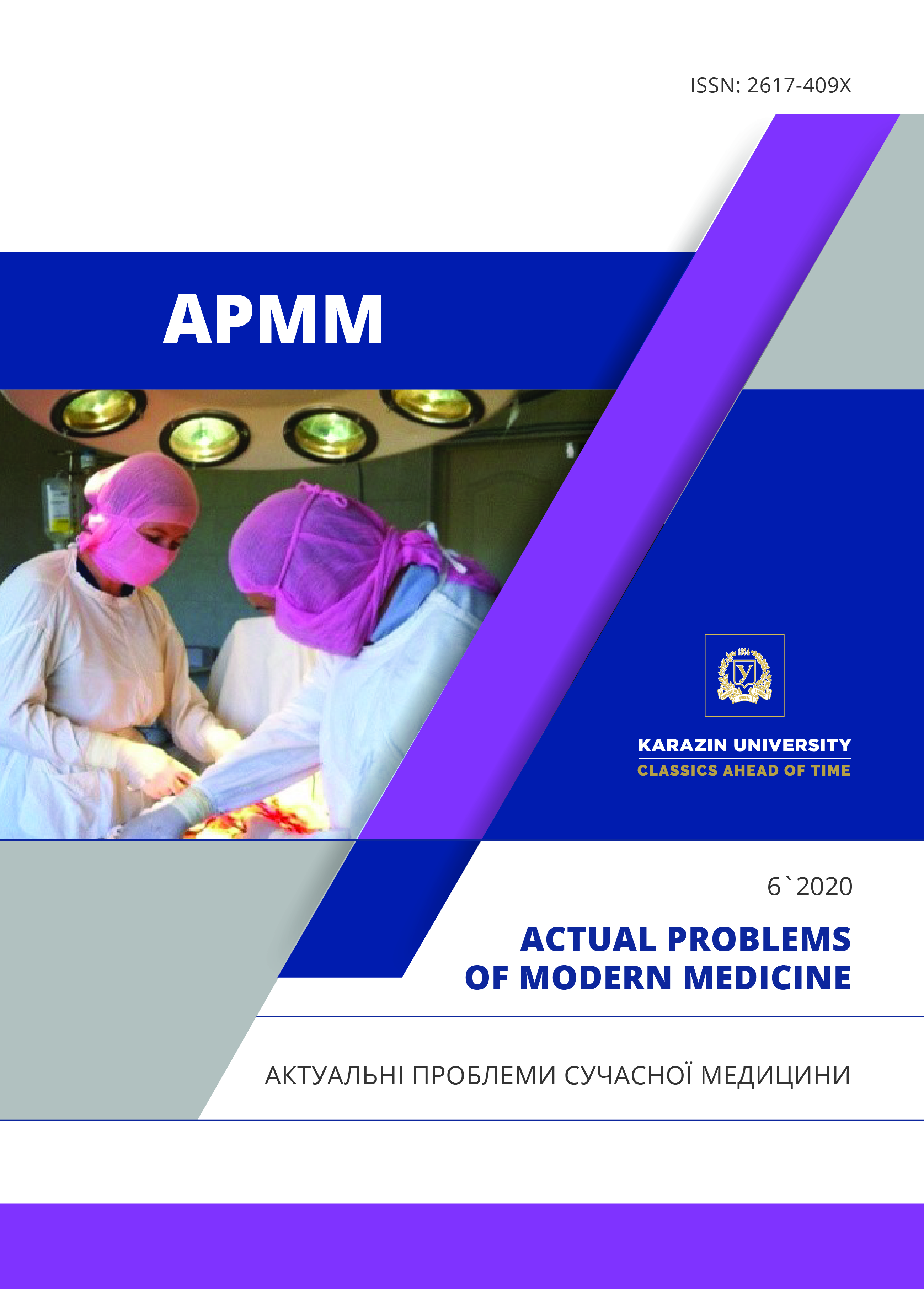Phenomenon of text neck in higher education students
Abstract
In the modern world almost all young people use smartphones and now most of the time using mobile phones belongs to additional functions. Regrettably, consequences for the musculokeletal system are not considered. It is a known fact that long-term use of the gadgets causes excessive cervical spine bending, improper posture and the formation of muscular-tonic syndrome accompanied by the pain and discomfort that is so-called “Text neck” syndrome. The aim of the research was to study the impact of using gadgets on the formation pain syndrome in the neck and shoulders, as well as headache. The research involved 90 respondents, 60 female and 30 males, the age of the participants was in a range from 18 to 28 years old. Using a self-created questionnaire, applying in Google docs, Text neck symptoms such as headache, pain/discomfort in the neck and shoulder, as well as awareness of this phenomenon have been evaluated. The study has shown the primary role of the shoulder pain/discomfort among respondents, thus 59 (66%) of the participants suffer from shoulder pain/discomfort in different degrees with the gender distribution as follows: 46 women (76%) and 13 men (43%). Headache was noted by 56% of the participants and 50% suffer from neck pain/discomfort. The average phone usage time was 5.3 hours. Only one third (32%) of respondents associated their symptoms with the use of gadgets, so the study has demonstrated low awareness about this syndrome among students. Young people do not realize devastating impact of the gadgets on the health condition, in particular musculoskeletal system. Thus, the authors believe that an integrated approach is needed on the part of the family, educational establishments and health care with a view to build awareness in young people and prevent Text neck formation. Seems like a reasonable implementation of the course on the possible impact of excessive gadgets use on the health condition of the students at higher education institutions.
Downloads
References
Toh SH , Howie EK , Coenen P , Straker LM. "From the moment I wake up I will use it…every day, very hour": a qualitative study on the patterns of adolescents' mobile touch screen device use from adolescent and parent perspectives. BMC Pediatr. 2019 Jan 24;19(1):30. https://doi.org/10.1186/s12887-019-1399-5
Lauricella AR, Cingel DP, Blackwell C et al. The mobile generation: youth and adolescent ownership and use of new media. Comm Res. Rep. 2014;31(4):357–364. https://doi.org/10.1080/08824096.2014.963221
Lee S, Lee D, Park J. Effect of the cervical flexion angle during smart phone use on muscle fatigue of the cervical erector spinae and upper trapezius. J Phys Ther Sci. 2015 Jun; 27(6): 1847–1849. https://doi.org/10.1589/jpts.27.1847
Namwongsa S, Puntumetakul R, Neubert MS, Boucaut R. Effect of neck flexion angles on neck muscle activity among smartphone users with and without neck pain.
Ergonomics. 2019 Dec;62(12):1524-1533. https://doi.org/10.1080/00140139.2019.1661525
Neupane S, Ali UI, Mathew A. Text Neck Syndrome-Systematic Review. Imperial J Interdisciplinary Res. 2017;3(7):141-8. ISSN: 2454-1362, http://www.onlinejournal.in
Nizar Abdul Majeed Kutty. Text neck: a global epidemic of the modern era.
MOJ Yoga & Physical Therapy. Volume 4 Issue 1 - 2019 eISSN: 2573-2927
Toh SH, Coenen P, Howie EK, Straker LM. The associations of mobile touch screen device use with musculoskeletal symptoms and exposures: a systematic review. PLoS One. 2017 Aug 7; 12(8). https://doi.org/10.1371/journal.pone.0181220
Smith L, Louw Q, Crous L, Grimmer-Somers K. Prevalence of Neck Pain and Headaches: Impact of Computer Use and Other Associative Factors. Cephalalgia. 2009 March; 29(2):250-7 https://doi.org/10.1111/j.1468-2982.2008.01714.x
Gustafsson E, Thomée S, Grimby-Ekman A, Hagberg M. Texting on mobile phones and musculoskeletal disorders in young adults: a five year cohort study. Appl ergon. 2017; 58 :208-14. https://doi.org/10.1016/j.apergo.2016.06.012
Xie Y, Szeto G, Dai J. Prevalence and risk factors associated with musculoskeletal complaints among users of mobile handheld devices: A systematic review. Applied ergonomics. 2017; 59:132-42. https://doi.org/10.1016/j.apergo.2016.08.020
Pankti P. Samani l , Neeraj A. Athavale. et al. Awareness of text neck syndrome in young-adult population. Int J Community Med Public Health. 2018 Aug;5(8):3335. https://doi.org/10.18203/2394-6040.ijcmph20183057
Jason M. Cuéllar, Todd H. Lanman. “Text-neck”: an epidemic of the modern era of cell phones? The spine journal: official journal of the North American Spine Society 17(6). March 2017 https://doi.org/10.1016/j.spinee.2017.03.009




